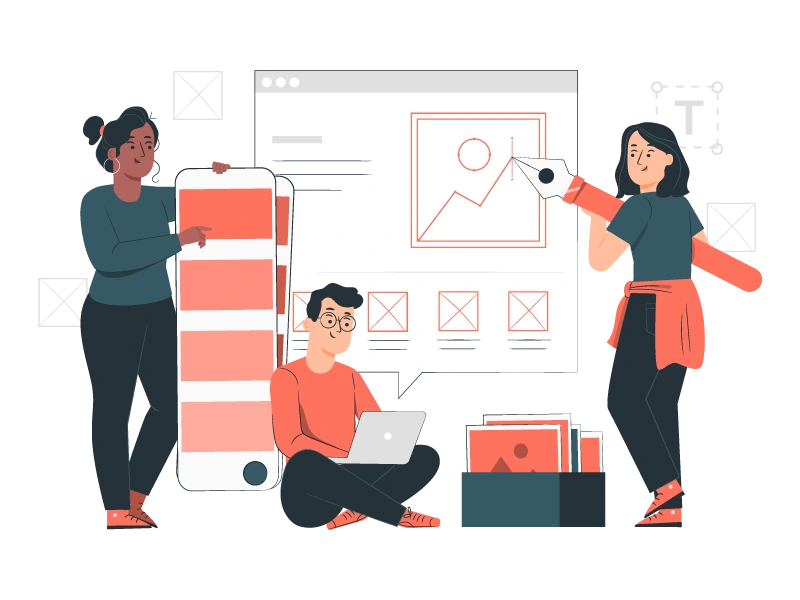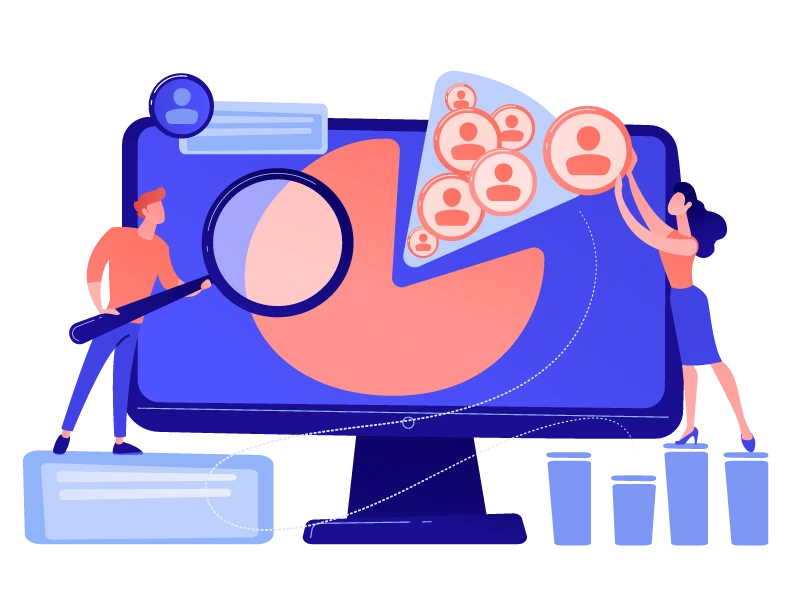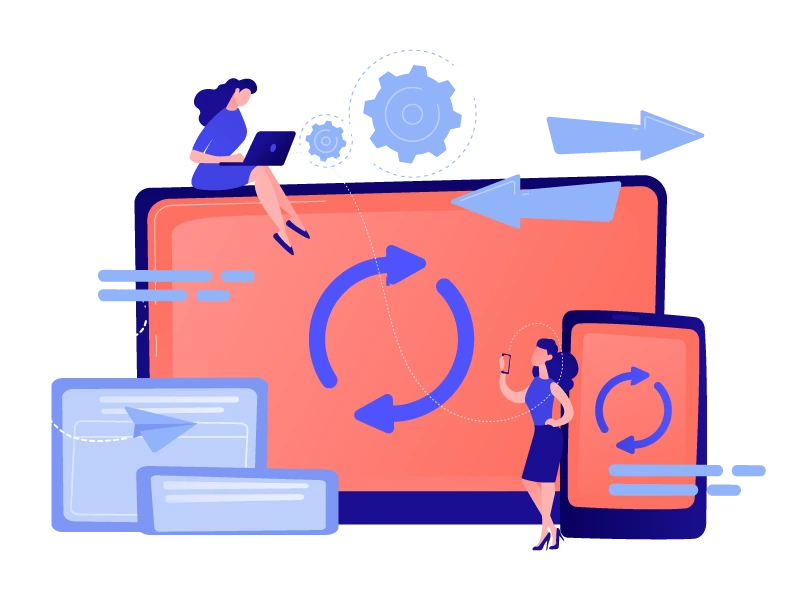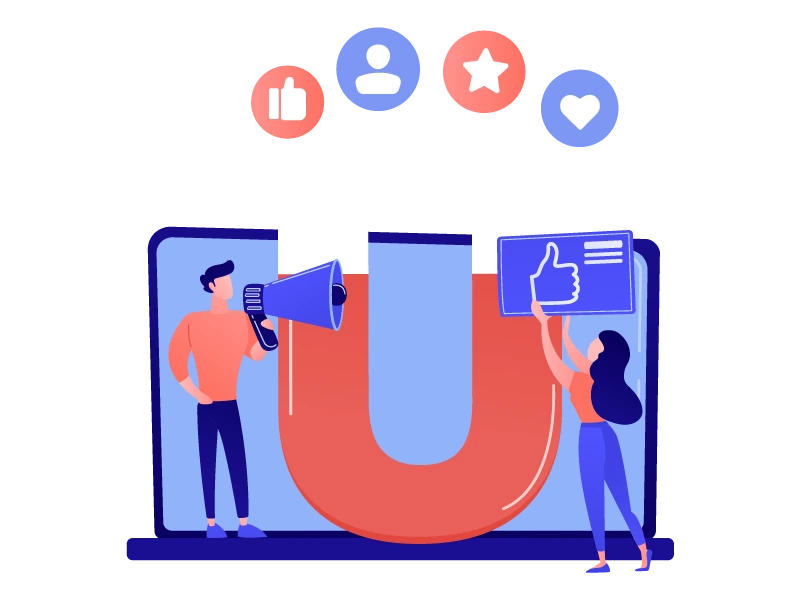Imagine you’re a product manager trying to improve the user experience of a fitness app. Everyone in your product team has ideas, but you still don’t have a clear approach to solving the problem. You’re looking to maximize efficiency while redesigning features and avoid wasting time on sections that don’t need to be fixed. The Double Diamond design process can help you find the right approach to solve these problems.
This approach is highly useful in settings where designers and non-designers work as a team. The double diamond framework makes it easy for designers to communicate ideas to non-designers and provides an interface for both to agree on approaches and methods for solving design problems.
Mastering the Double Diamond process can help your organization increase efficiency, streamline workflows and reduce clutter. Let’s see how this can happen in the article below.
What is the Double Diamond design process?
The Double Diamond design process is a visual problem-solving model. This approach aims to help you fully understand the problem you’re facing and find the right solution. The process reduces wasted time and effort on unnecessary trials and dead ends as well.
It was first introduced by the British Design Council to help designers follow a standardized process and to approach any project with clarity. It has a wide range of applications and is compatible with many different methods and tools used today.
The framework comprises two diamonds; one represents the problem, and the other shows the right solution. The workflow employs convergent and divergent thinking principles to attack a problem.
The two diamonds serve as both guidelines and constraints for those involved in the design process. In the first diamond, those involved in the project will utilize divergent thinking to explore a wide range of possibilities and creative ideas to solve the design challenge. In the second diamond, you will follow convergent thinking to narrow down options and test solutions until you find the right one.
These double diamonds can be further divided into four phases; discovery, define, develop and deliver. We’ll elaborate on each stage in the next section.
How do you use the Double Diamond design process?
Now that you understand the Double Diamond design framework, let’s talk about how you can use it. Earlier, we mentioned that the process is divided into four key phases: Discover, Define, Develop and Deliver. Let’s look at each phase in greater detail and see how they play a crucial role in ensuring that you solve the right problem and create the best possible solution:
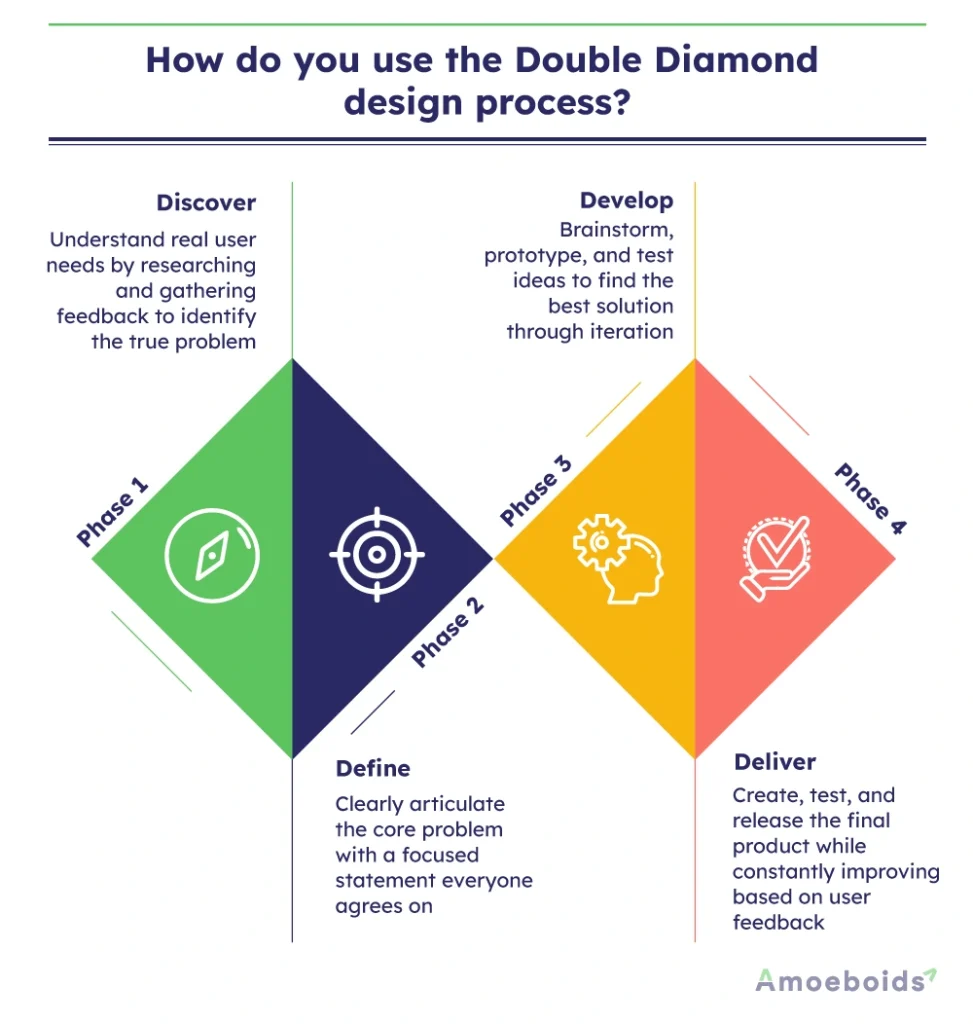
1. Phase one: Discover
The first phase is all about understanding user needs and analyzing their pain points to pinpoint the real problem. For example, let’s say you’re designing a fitness app. You might assume users struggle with motivation, but after research, you discover their real frustration is not being able to track progress for intrinsic motivation.
So, to understand the root problem, you may need to:
- Conduct user interviews or surveys.
- Organize workshops with stakeholders to share perspectives.
- Document research findings for clarity throughout the design process.
Remember, the goal of this phase isn’t to find a solution; it’s to define the right problem to solve.
During this step, teams often find themselves overwhelmed while trying to analyze feedback from multiple channels. The Product Roadmap Tool for Jira captures customer feedback and votes at one place for your team to gauge your product development direction.
2. Phase two: Define
Now that you’ve identified the root cause, the next step is to define a clear problem statement.
You have to:
- Identify patterns and trends from your research.
- Define the main challenge in one simple sentence.
- Make sure everyone agrees on the problem before moving forward.
- Decide how you will measure if your solution works.
Instead of saying, “Users don’t like the app interface,” a better problem statement would be:
“Users struggle to complete workouts because they can’t easily track their progress, resulting in high churn rates.”
3. Phase three: Develop
Once you have established a clear problem statement, it’s time to explore possible solutions. This is where brainstorming, prototyping and testing come into play.
You have to:
- Brainstorm wild ideas
- Create rough prototypes, like wireframes or early-stage mockups.
- Test with users to see what works and what doesn’t.
- Refine and iterate based on feedback before moving to the final stage.
For example, if your fitness app users find the new progress-tracking dashboard confusing, you might need to simplify the layout or add tooltips.
So, this phase is all about learning, iterating and improving before launching the final product.
4. Phase four: Deliver
Once you’ve tested different solutions, it’s time to finalize and launch the best one. The goal is to ensure the final design meets user needs and works seamlessly.
You have to:
- Work with teams to build the final product or solution.
- Conduct final testing to ensure it meets user needs.
- Consider pilot testing before a full rollout.
One of the most rewarding moments in the design process is seeing your work come to life. However, even after launch, the process doesn’t stop. Continuous improvement based on real-world user feedback ensures the product evolves to meet changing needs.
Benefits of the Double Diamond design process
The Double Diamond design process provides a structured yet flexible way to solve problems. Its non-linear nature also allows teams to efficiently work on multiple parallel tracks at the same time. Let’s see how it benefits you when you struggle with unclear project direction, last-minute changes, or solutions that don’t quite fit user needs:
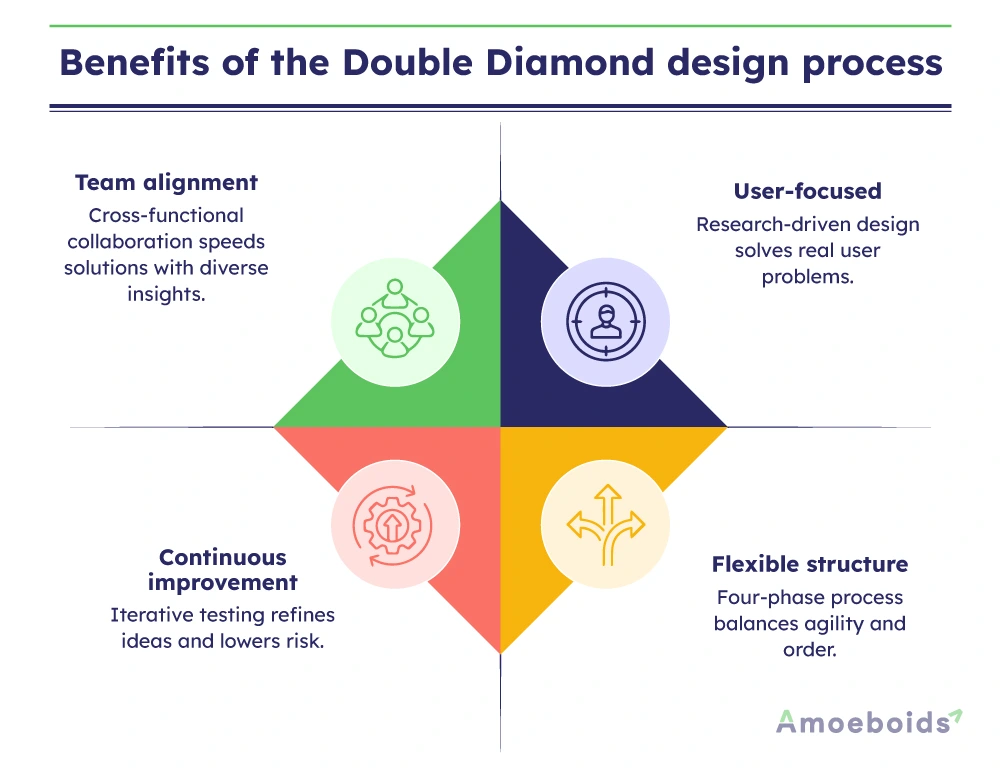
1. Your entire team is on the same page
When designers, developers, product managers and other stakeholders work together, they approach problems from different perspectives. It increases the chances of hitting the right solution with nearly zero chances of errors.
For example, during a major system outage, developers, network engineers, and customer service teams work together in a virtual war room. They will apply thier expertise and communicate to quickly identify and fix the issue.
2. Puts the user first
How many times do you assume that you already know what users want? The Double Diamond process forces you to slow down and truly understand potential pain points before jumping into solutions. The process involves conducting research, testing and iteration and designing solutions for actual users.
For example, a product team launching a new app will conduct research to identify user requirements before brainstorming solutions and developing their product based on market needs.
3. Balances structure and flexibility
Though the double diamond approach has a four-step process, it’s not rigid. It can be flexible based on your project’s needs. For instance, you can spend more time discovering the problem than testing solutions. This flexibility keeps you agile while still following a proven framework.
For example, a team working on a complex healthcare product might spend extra weeks in the Discover phase, while another enterprise might move quickly through development and focus more on user testing if required.
4. Opens the door for continuous improvement
In this approach, you get multiple opportunities in the first phase to refine your ideas. Instead of launching a half-baked solution, you test, tweak and improve to reduce risks and increase your chances of success.
Almost all software developers gather user feedback and conduct usability tests, discovering areas for refinement and improvement.
Let’s look at some organizations that have applied and adapted the Double Diamond framework for their operations.
Who follows the Double Diamond design framework?
The Double Diamond design process has become a popular problem-solving approach across different industries and sectors. Universities, business organizations and NGOs all utilize this framework to solve and simplify complex problems. Let’s look at a few examples here:
British Design Council
The British Design Council created and popularized the double diamond design process in 2005. They formalized the Double Diamond design framework based on earlier work by Béla H. Bánáthy (the divergence-convergence genius). They have also launched the Framework for Innovation, which organizes and distills the Design Council’s experience of delivering work over the past 20 years.
Microsoft
When Microsoft builds something — from intuitive software to inclusive design tools — the Double Diamond framework is working behind the scenes. The organization adapted the Double Diamond design process and developed the Design Thinking method. Their product and UX teams use it to guide every step, from understanding what users really need to ship out polished, user-loved solutions.
University design programs
Prestigious schools like Stanford, MIT and the Royal College of Art treat the double diamond framework as a go-to method for teaching creative problem-solving. Students use it to break down real-world challenges and explore and design solutions across a range of subjects.
Nonprofits and NGOs
NGOs like UNICEF and the Red Cross use the Double Diamond design framework to tackle humanitarian issues. They dive deep into community challenges, map out crystal-clear goals and test their way to solutions that truly change lives. When the stakes are high, clarity is everything — and this framework delivers.
Conclusion
The Double Diamond process’s widespread adoption is a testament to the clear benefits and advantages it offers. With its four clear stages – Discover, Define, Develop and Deliver – you get to slow down, zoom out and truly understand the problem you’re facing and then find the best solution. The framework also helps foster innovation and ensure a user-centered approach.
This isn’t just for designers. Product managers, startup founders and business leads can adapt the Double Diamond framework to keep processes on track, teams aligned and ideas flowing.
FAQs
How do you use the Double Diamond in UX?
Follow the same four stages to use the Double Diamond process in UX. First, understand user problems (Discover) and define clear problem statements (Define). Next, prototype solutions (Develop) and finally test and refine them before launch (Deliver).
What’s the difference between design thinking and the Double Diamond design process?
In the design thinking approach, you use a broad problem-solving approach. However, Double Diamond is a structured framework. You narrow down the options to a clear path of execution. While the former approach is flexible, in the Double Diamond approach, you have to go through four clear stages to create ideal solutions.
What are the four Ds of design?
The four Ds stand for Discover, Define, Develop and Deliver. These are the core phases of the Double Diamond process. In the first phase, you explore problems. In the second phase, you identify key challenges. In the Define stage, you design and prototype ideas. Finally, you implement solutions and refine them until you find the ideal solution.
